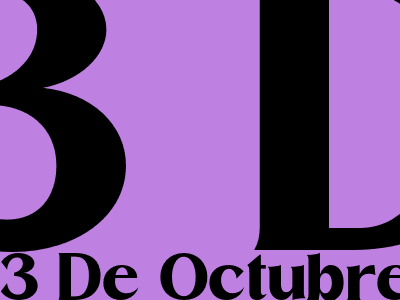
The Legacy of 3 De Octubre and Its Enduring Impact on the Global Labor Movement
Introduction
On October 3, 1979, a tragic event shook the world and left an indelible mark on the history of the labor movement. The 3 De Octubre massacre, as it came to be known, occurred in Culiacan, Mexico, and resulted in the deaths of at least 19 peaceful protesters.
The massacre was a brutal suppression of a peaceful demonstration organized by the Sinaloan Coalicion Obrera Campesina Estudiantil del Valle de Culiacan (COCESV).
The Events Leading to the Massacre
The roots of the 3 De Octubre massacre can be traced back to the deep-seated economic and social inequalities that plagued Mexico in the late 1970s. The country was experiencing a period of economic crisis, and workers were facing widespread layoffs and wage cuts.
In response to these conditions, COCESV was formed in 1978 to fight for the rights of workers and campesinos (peasants). The organization quickly gained support among the working class and rural population, and its leaders became outspoken critics of the government.
As tensions between COCESV and the government escalated, the government began to crack down on the organization. In the months leading up to the massacre, several COCESV leaders were arrested, and the government banned the organization's public meetings.
The Massacre
On October 3, 1979, COCESV organized a peaceful demonstration in Culiacan to protest the government's repressive tactics. The demonstration was attended by thousands of people, including workers, campesinos, students, and housewives.
As the demonstration reached its peak, a group of armed men in civilian clothing opened fire on the crowd. The shooting lasted for several minutes, and at least 19 people were killed and hundreds more were injured.
The massacre sent shockwaves through Mexico and the world. The government initially blamed the violence on leftist guerrillas, but the victims' families and human rights organizations quickly denounced the government's claims.
The Aftermath
The 3 De Octubre massacre had a profound impact on Mexican society. The massacre exposed the deep-seated inequalities that existed in the country, and it led to widespread protests and demands for justice.
In the years that followed the massacre, the Mexican government faced increasing pressure to investigate the killings and hold those responsible accountable. In 2001, the Mexican government finally established a commission to investigate the massacre.
The commission found that the massacre was a deliberate and planned attack on the protesters, and it identified several members of the military and police as being responsible for the killings.
The Legacy of 3 De Octubre
The 3 De Octubre massacre remains a dark chapter in Mexican history. The massacre is a reminder of the importance of fighting for justice and human rights, and it continues to inspire activists and labor organizers around the world.
The legacy of 3 De Octubre is also one of hope and resilience. The massacre did not deter the people of Culiacan from fighting for their rights, and the city has become a symbol of resistance and hope.
Today, 3 De Octubre is a national day of mourning in Mexico, and it is a reminder of the importance of fighting for justice and human rights.